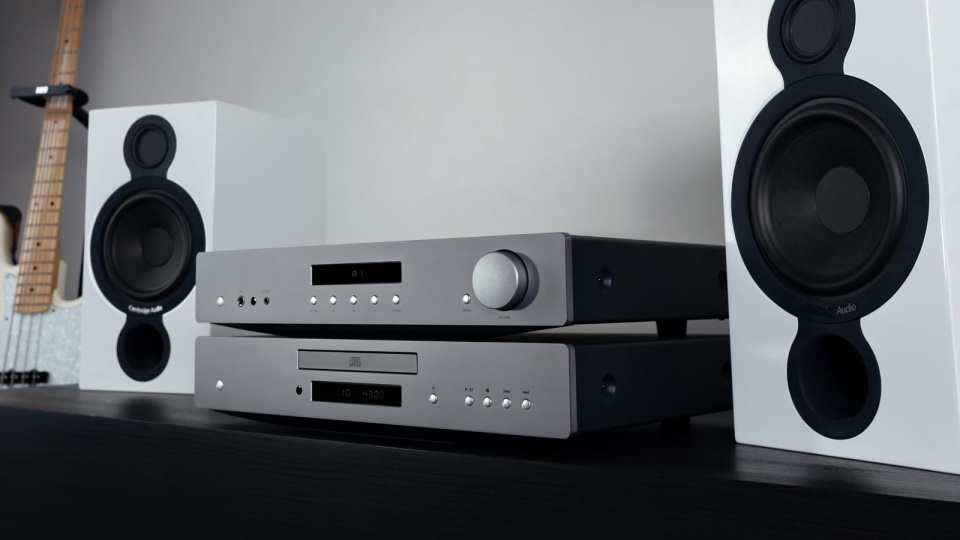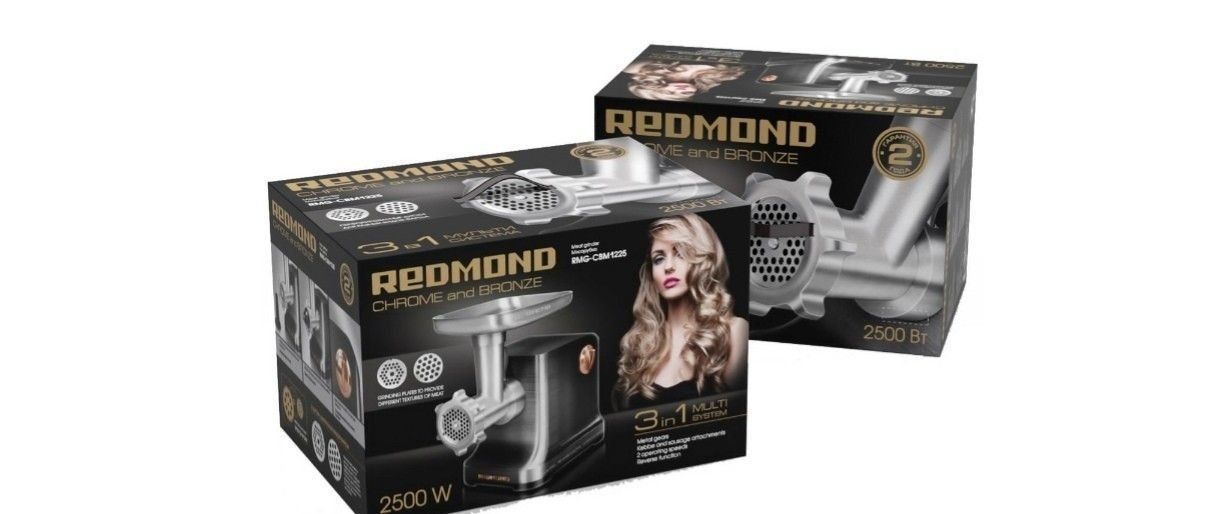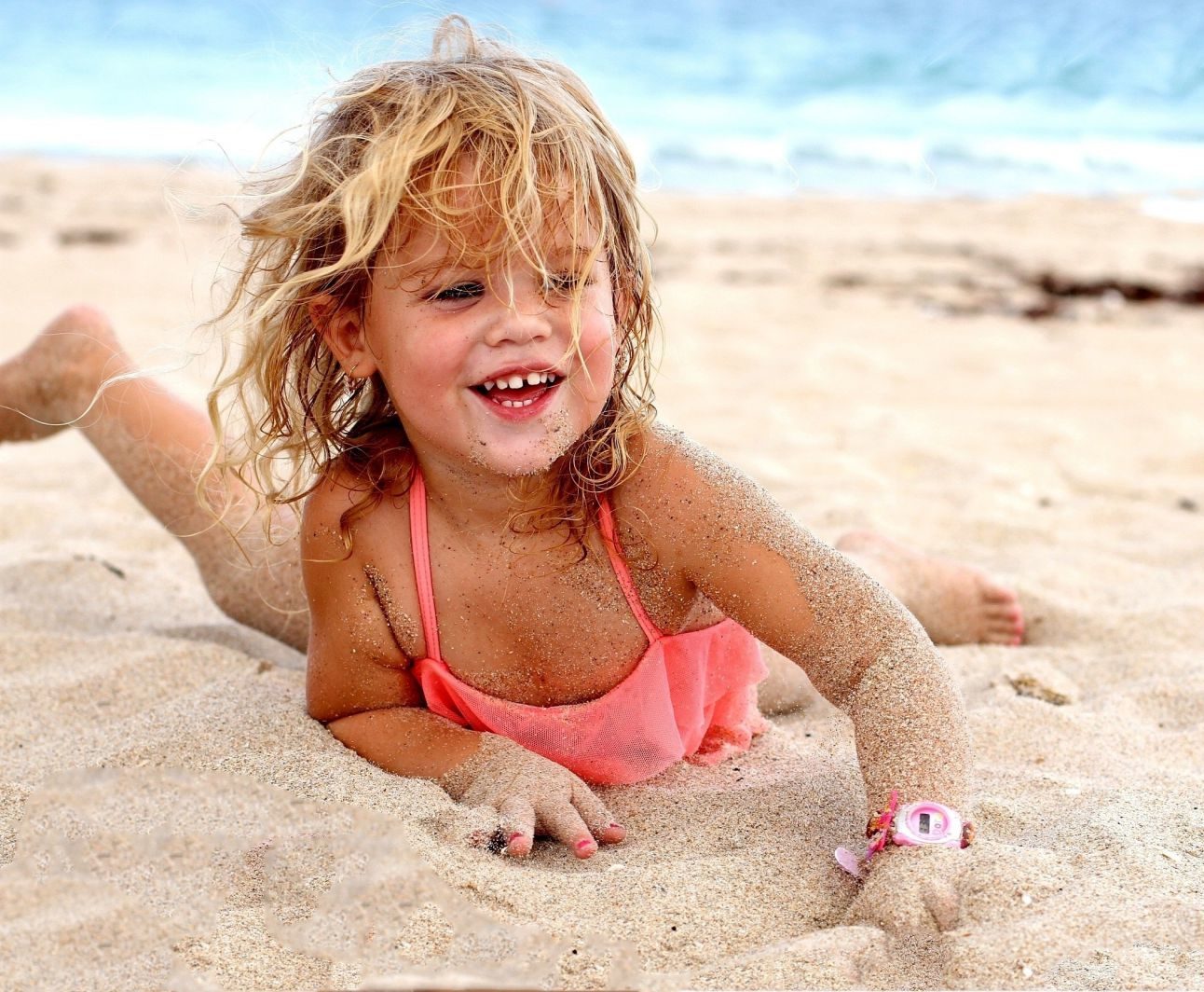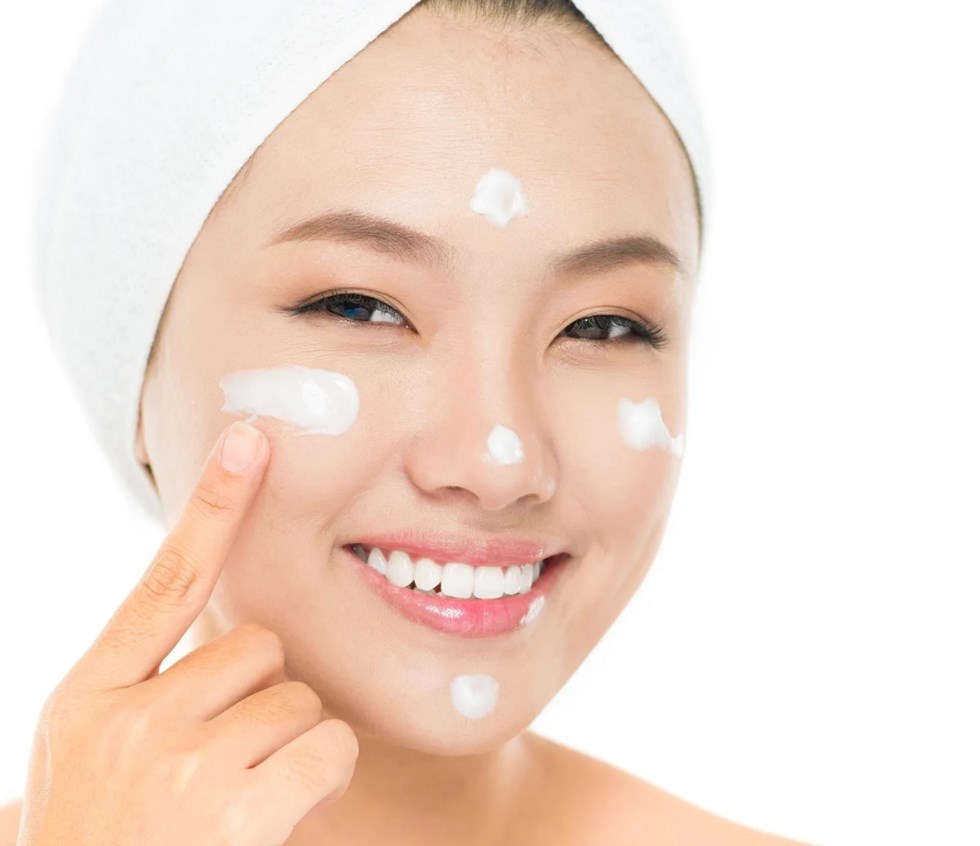Rating of the best soils for aquariums in 2022
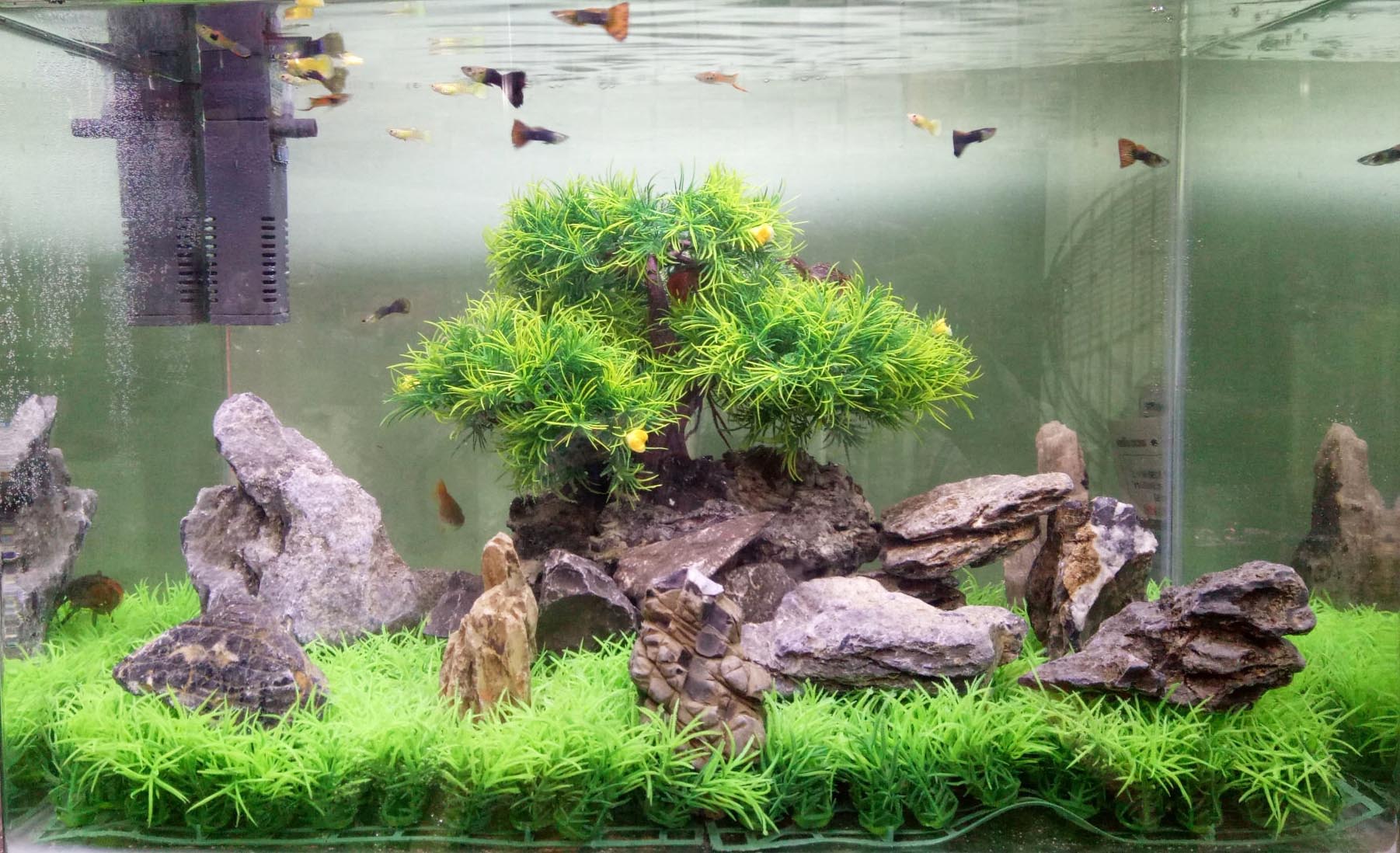
Such a bright and unusual decorative element as an aquarium decorates interiors, bringing aesthetic pleasure from observing the life of its inhabitants. But it is necessary to realize that, despite its decorative purpose, the aquarium is part of the natural world, a copy of a real reservoir, including the natural processes taking place in it. Therefore, every element of the aquarium is so important, in particular the soil.
It is thanks to a well-chosen type of substrate that aquarium plants take root and grow, on the health of which, in turn, the state of underwater inhabitants depends. The quality and composition of the soil affects the habitat of the fish, and also shapes the appearance of the aquarium. In addition, the soil performs a biological role, being a receptacle for beneficial bacteria that purify water from naturally occurring toxic substances.These bacteria are able to neutralize the toxins that appear as a result of the vital activity of organisms in the reservoir, they are an integral part of the aquarium ecosystem, so choosing the right substrate is so important.
Content
- 1 How to determine which type of soil is the best?
- 2 Rating of the best soils and soil mixtures for aquariums
- 3 Tips and tricks for choosing a quality aquarium substrate
- 4 Proper use of soil
How to determine which type of soil is the best?
The best soil will be the one that is most suitable for the fish, plants and other living organisms living in the aquarium, so you first need to decide on the inhabitants of the reservoir, and then select the soil mixture that matches their habitat. It is important to remember that the health of the inhabitants of the aquarium will depend on how accurately the soil is selected.
- Large stones - not suitable for those types of fish that like to dig the bottom or dig into it, and the gaps between the stones can accumulate food residues. These excesses, settling between the stones, will eventually rot and poison the water.
- Fine sand - can only be used for decoration, as it has the ability to cake and turn sour.
- Bright soil - usually of unknown origin, has a strong smell of chemicals. It looks beautiful, but in fact it can become a poison for living organisms.
- Glass balls - give a spectacular look, but are absolutely not suitable for colonization by bacteria, as they have a non-porous, dense, smooth surface. The same goes for sea pebbles and plastic.
- Coral sand and marble chips are chemically active materials, and may also contain lime and its components, which is undesirable for most fish.
It is also worth considering such types of soil as black, as well as various types of aquarium sand:
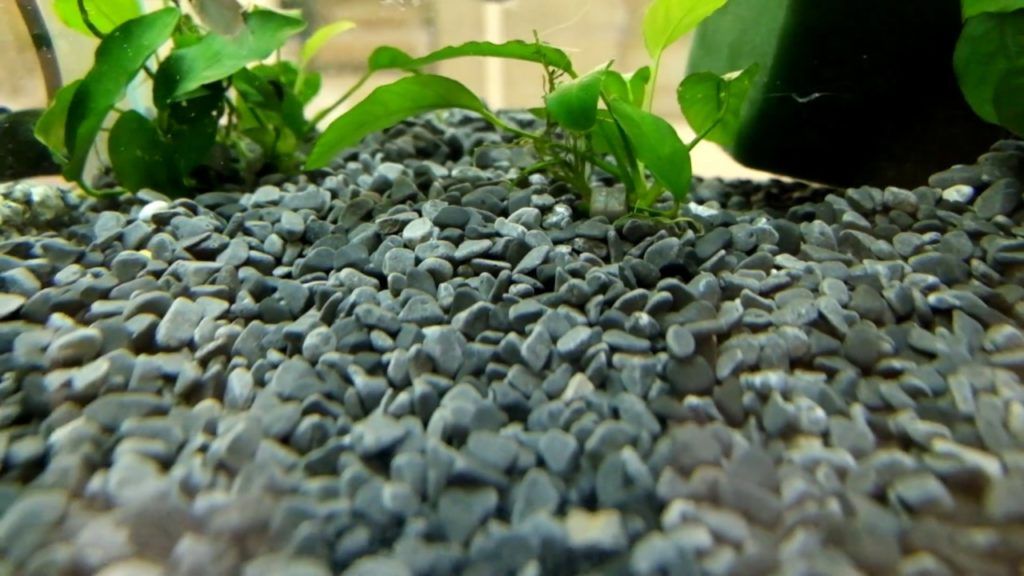
black ground - is more decorative, gives the aquarium an unusual look, emphasizing the natural beauty and brightness of its inhabitants. The most popular and popular types of black soil are:
- Basalt - this type of soil forms a strong magnetic field, due to which hydrophyte plants actively grow. Basalt soil is suitable not only for an ordinary aquarium, but also for a shrimp.
- Dark quartz - has a high cost, being a semi-precious stone. At the same time, it has properties useful for aquatic flora and fauna.
- Shungite is a natural stone that perfectly copes with water purification.
- naturalness and environmental friendliness;
- unusual, spectacular appearance;
- water filtration.
- gives the water a grayish tint;
- shungite particles have sharp edges;
- the risk of buying a fake.
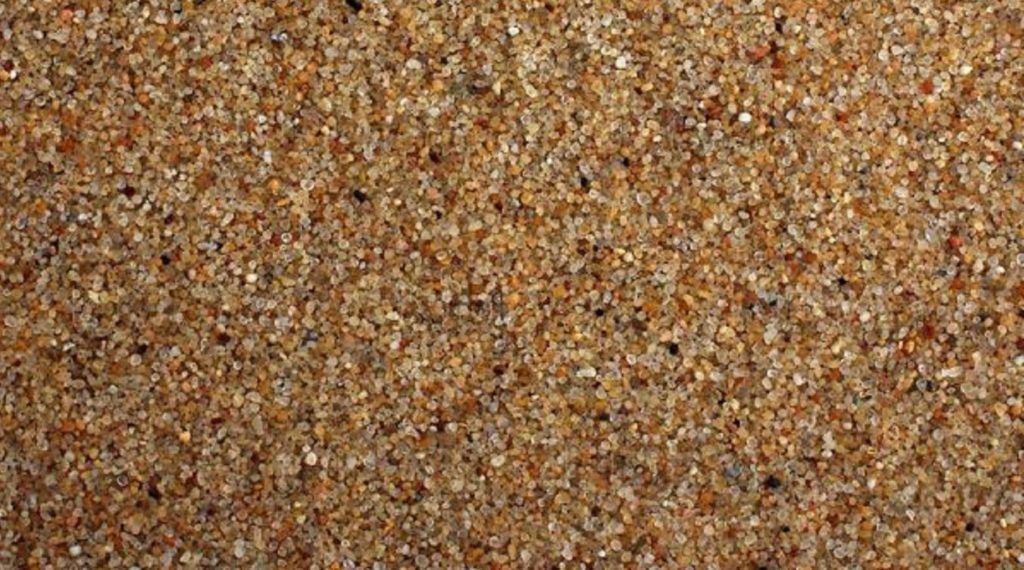
aquarium sand there are several types:
- River - requires careful sifting before use;
- Marine - incorporates a lot of useful microorganisms;
- White aragonite - represents particles of fragments of corals and mollusks;
- Black sand - made from magnetite, hematite, ilmenite;
- Quartz sand is an inexpensive option, suitable for all types of fish, has streamlined particle edges.
- natural, does not contain toxic substances
- safe for fish with thin scales;
- quartz sand cleans water well.
- aragonite increases water hardness;
- quartz sand requires additional application of a nutrient substrate.
It is worth noting that even natural soils may contain a certain amount of chemically active substances, so it is necessary to check its safety. This is done using 70% acetic acid - a chemical reaction that occurs when interacting with it (hissing, the appearance of gas bubbles) will reveal the presence of unwanted substances.
The soil must be bought in good pet stores, it must be well packed in a tight bag, which must indicate the name of the manufacturer (it is advisable to give preference to well-known companies), which will be the environmental friendliness of the composition.
Rating of the best soils and soil mixtures for aquariums
The best neutral substrates for an aquarium
Chemically neutral soil is called a soil of natural origin, which does not contain nutrients. These are gravel, pebbles, small pebbles, volcanic sand. Neutral soil does not contribute to the rapid growth of plants: until the necessary amount of nutrients accumulated in the soil, which are formed during the decomposition of waste products of organisms (siltation). This takes about half a year.
In addition to neutral, natural ground that has been processed, such as expanded clay or specially treated clay, is suitable for a standard aquarium.
In both cases, for better plant growth, additional fertilizers must be purchased.
Sand and gravel
This soil option is the most budgetary and simplest. At the same time, it is the most popular and optimal mixture, suitable for most types of plants and fish, as well as unpretentious inhabitants of the aquarium. Sand combined with gravel is the best substrate for beneficial bacteria. The particle size in the mixture is approximately the same (gravel - 5 mm, sand - 2 mm), which contributes to less caking of the soil. As for gravel, it is better to choose run-in pebbles - they will not injure the fish, unlike sharp particles.
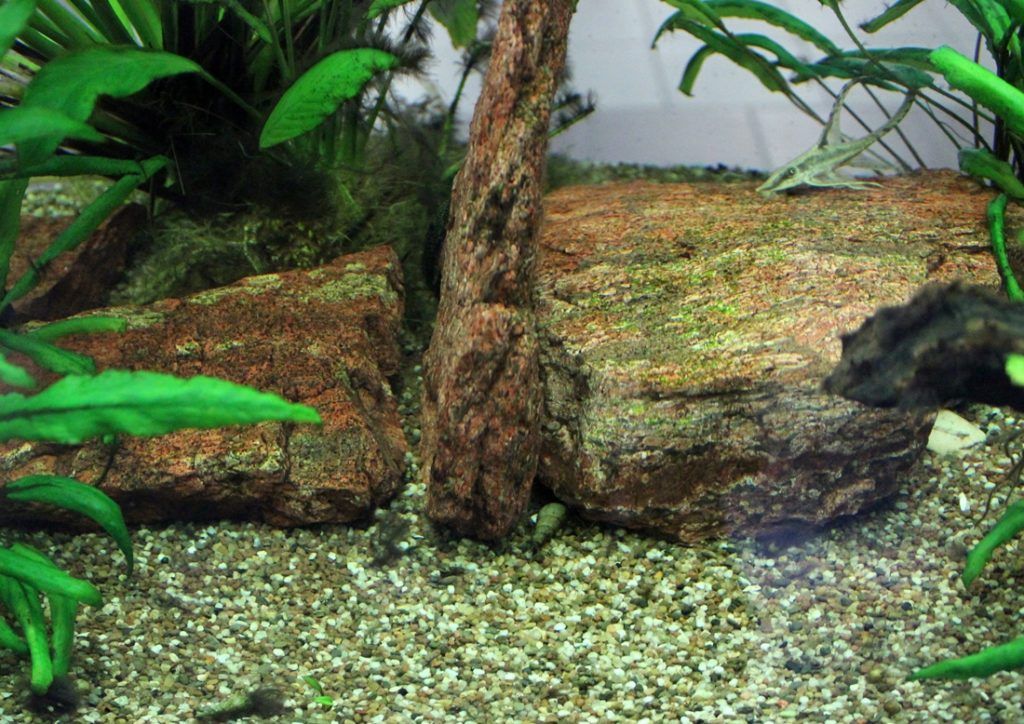
This type of soil performs its biological function well, but the nutrients necessary for the rapid growth of plants appear in it as it silts up, which usually occurs within a few months. The average cost of the mixture (for 1 bag weighing 6 kg) is 300 rubles.
- provides excellent water circulation in the aquarium;
- copes well with the performance of its biological function;
- neutral, and does not affect the chemical composition of water;
- easy and comfortable to clean and clean the aquarium;
- natural and natural appearance;
- inexpensive.
- the lack of nutrients in the composition of the soil makes it necessary to purchase additional fertilizers for plant growth;
- does not apply to those species of fish that burrow into the ground, such as freshwater rays.
Treated natural primer JBL Manado
The baked clay soil not only gives the aquarium a natural look, but also ensures the safety of bottom dwellers due to its streamlined surface, which excludes injury to fish.This is the most neutral and natural type of soil. Its porous structure is excellent for the formation and reproduction of beneficial bacteria that promote plant growth and health. In addition, baked clay - expanded clay - is a natural absorbent, which means it acts as a natural filter for water, cleaning it from excess waste, excess fertilizer. Thanks to this, the occurrence and reproduction of algae is prevented. In addition, expanded clay does not cake. The average cost for 1 package weighing 5 kg is 850 rubles.
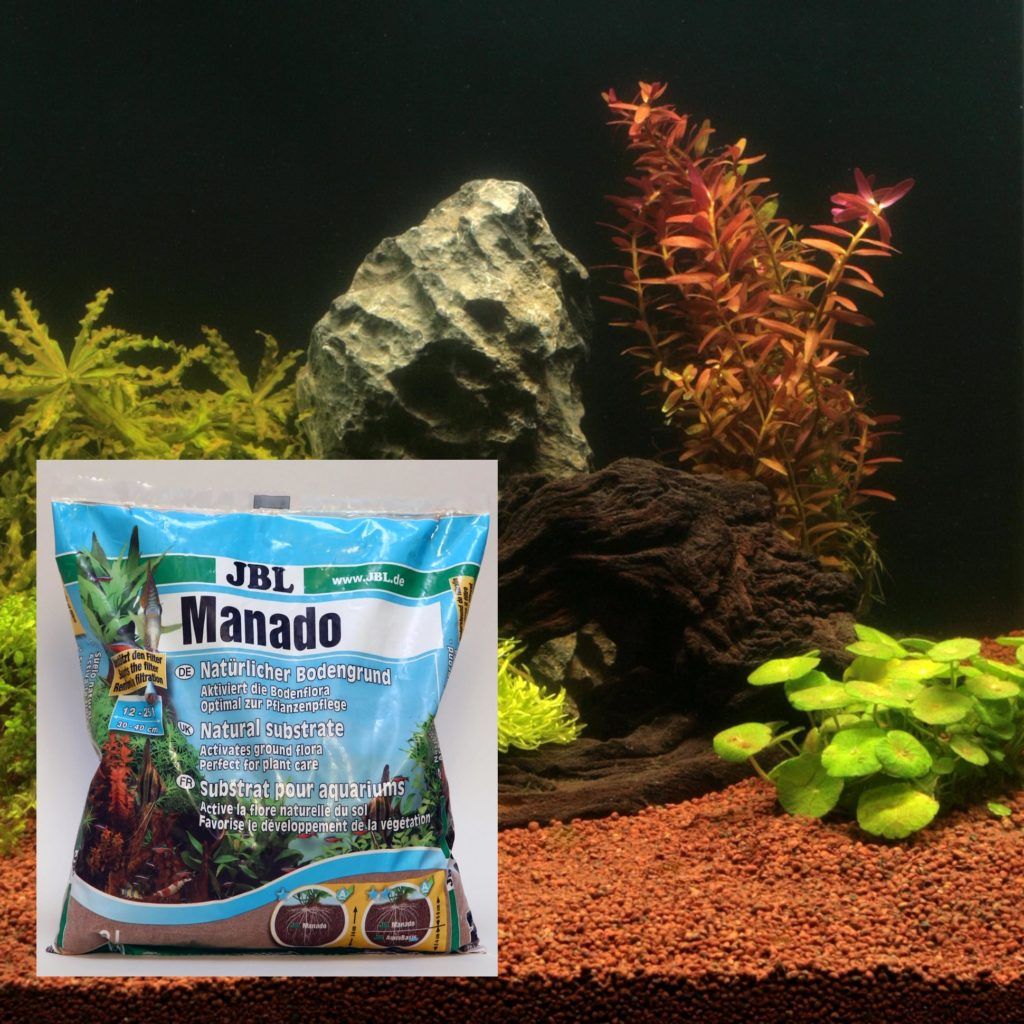
- has a natural, natural appearance;
- well performs a biological function;
- streamlined shape is safe for fish;
- provides excellent water circulation;
- chemical neutral;
- porous structure;
- natural adsorbent that destroys excess organic matter;
- makes it easy to clean the aquarium.
- lack of nutrients in the composition of the soil that contribute to the rapid growth of plants;
- it is too light and therefore not suitable for large, long-stemmed plants that require deep planting.
Natural white gravel UDeco
This is a Russian-made natural soil, designed specifically for decorating an aquarium. It does not contain dyes and other harmful materials in the composition, is of natural origin, and its white color retains its purity and does not darken over time. The particles of such soil are smooth, rounded, without sharp corners, their size is 3-5 mm. Such indicators are suitable for most species of fish, as well as unpretentious plants that easily take root in gravel. This soil is especially suitable for cichlids, slightly increasing the hardness of the water, which is a plus for these African lake fish.But soft-water fish, on the contrary, will not appreciate such an impact on their habitat. Another feature of white gravel is its low silting ability. The average price for 1 package weighing 3.2 kg is from 123 rubles.
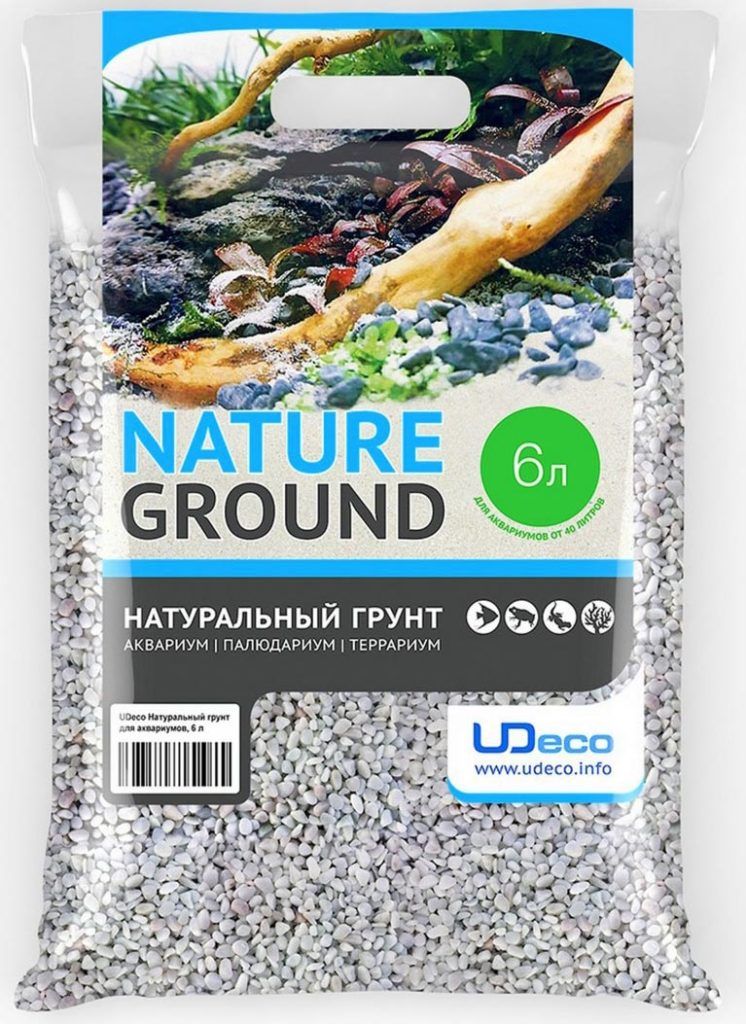
- absolutely safe for bottom dwellers;
- snow-white color, resistant, does not darken with time;
- gravel of river origin - natural and natural, without dyes and foreign substances.
- slightly increase the hardness of the water.
Barbus "Mix" primer
Designed for a freshwater aquarium, it is a stone (marble) crumb of natural origin. It is produced by the Russian manufacturer Barbus and is diverse in color and fractions - there is white primer, black and colored. The particle size is also variable - from 2-5 mm to 5-10 mm, which allows it to be used for aquariums of different sizes.
The pebbles are smooth and do not have sharp edges. The soil does not affect the pH of the water, but slightly increases its hardness. The substrate is perfect for rooting aquatic plants, and also has a pleasant appearance and is able not only to fulfill its biological function, but also to become an aquarium decoration. The average price for 1 bag weighing about 1 kg is 65 rubles.
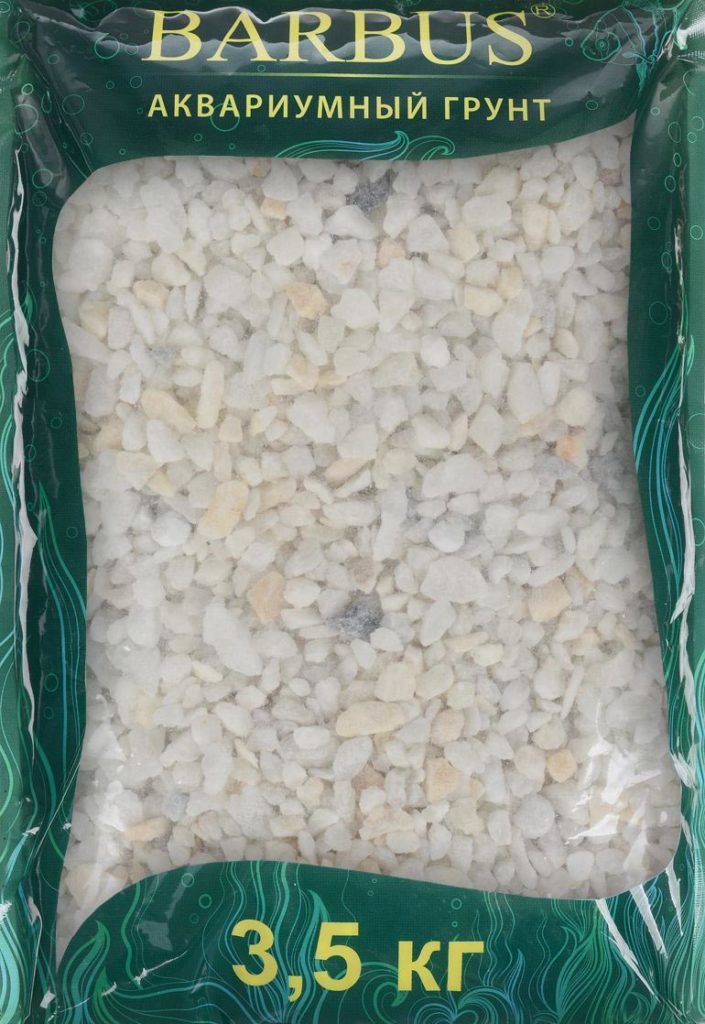
- good value for money;
- availability;
- spectacular appearance;
- natural, natural material.
- not suitable for soft water fish, as it increases the hardness of the water;
- pebble color fades over time.
The best soils for an aquarium with an abundance of plants
This includes a variety of nutrient mixtures, substrates designed for good rooting and growth of aquatic plants without the use of additional fertilizers.The soils of this type are suitable for any type of aquarium plants, mixtures can be used not only for the formation of a new aquarium, but also to improve the composition of the soil of an existing reservoir.
This substrate, due to the large amount of nutrients contained in it, promotes the active growth of flora, ensuring the health of plants and their good rooting. In addition, the soil has good water permeability and guarantees excellent water circulation.
Nutritional mixtures Power Sand Special M (ADA)
Mixtures of this type contain various mineral fertilizers, peat, useful substances and bacteria, porous material. Such a mixture is perfect for aquatic plants, as well as for creating a nano or Dutch aquarium. In addition, Power Sand Special M (ADA) nutrient mixtures are used in shrimp farms, being a good food base for shrimp. Perfectly purifies water from toxins and harmful substances, for a long time it has a long-term stimulating effect on the growth of aquarium plants. The average cost for 1 package weighing 6 kg is 4,000 rubles.

- provides the necessary conditions for the reproduction of beneficial microorganisms;
- provides long-term stimulation of growth and development of underwater flora;
- guarantees good circulation of water in the aquarium;
- Ideal as a shrimp ground.
- heavy;
- decomposes over time, forms dust that is difficult to remove;
- high cost, in comparison with similar mixtures.
Substrate Deponit Mix (Dennerle)
An excellent nutrient mixture for stimulating the growth of aquarium plants: it contains active organic and mineral substances.This mixture is not used as an independent primer, but only as a substrate, in addition to a neutral primer. The substrate also contains granular, fast-dissolving, long-acting fertilizers, porous elements, and a host of beneficial microorganisms. This is the most active nutrient mixture. The kit for the package with the substrate includes instructions that describe in detail how to use the mixture, indicate the recommended doses and the order of use. In some cases, a thermal cable is additionally used to ensure better water circulation. The price of the Deponit Mix substrate is 1,560 rubles. (for 1 package weighing 4.8 kg).
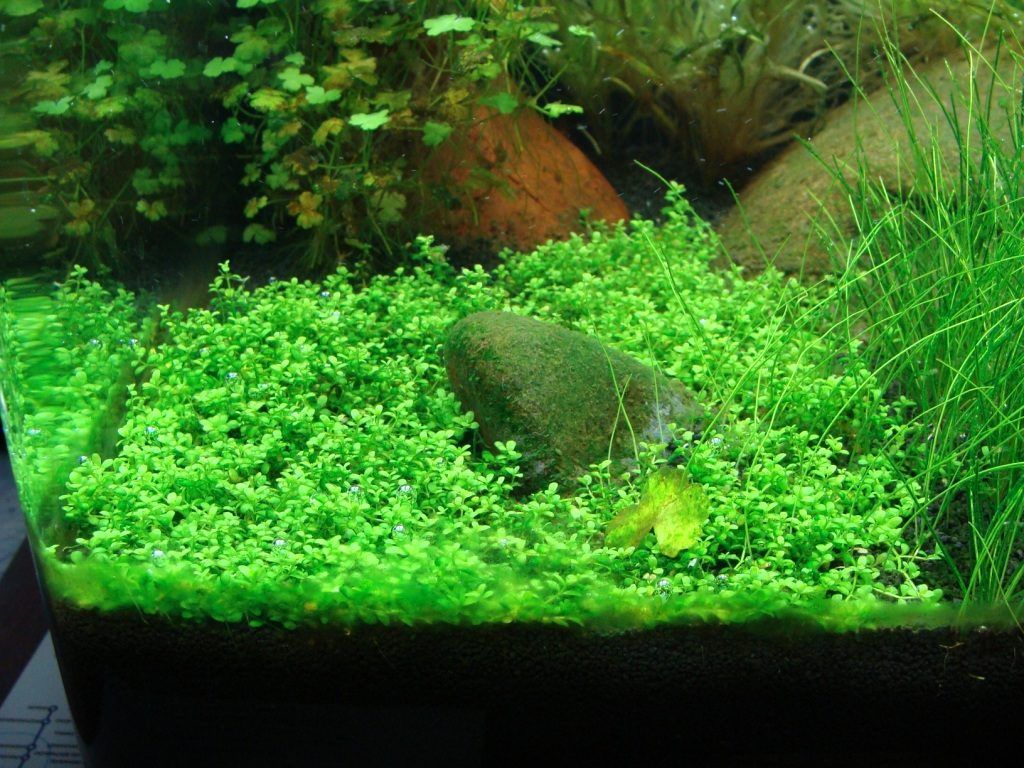
- provides biological activity of organic substances, beneficial bacteria and microorganisms;
- for a long time has a stimulating effect on the growth of bottom plants;
- prevents the appearance and reproduction of algae in the tank.
- the possibility of using only in a mixture with a neutral type of soil;
- the weight of the particles causes caking of the soil and acidification of its lower layers.
The best soil for cichlid aquariums, as well as for pseudo-sea
The habitat of cichlid fish is tropical fresh water, and coral chips are ideal as soil for these representatives of the underwater world. Cichlids lay eggs on the surface of pebbles or in dug holes in the ground.
Coral chips are also great for creating a pseudo-sea ecosystem (pseudo marine aquarium). This substrate has a porous structure and is often used as a filter filler. To decorate the aquarium, white coral chips are usually used.The main advantage of this product is its safety for living organisms - it is environmentally friendly and does not contain substances harmful to fish and plants. Before use, coral chips need only be rinsed well under running water to remove dust particles.
Coral baby Udeco Sea Coral
Soil from the Russian manufacturer Udeco, specially designed for creating pseudo-sea and other natural aquariums. This is one of the most beautiful soils: it has a white color, is suitable for any type of underwater landscape and performs a decorative role. As for the biological function, coral chips have an increased chemical activity, significantly increase the hardness of the water, so this soil may not be used for all types of fish. That is why coral chips are used exclusively in cichlids or pseudo-marine aquariums. The particle sizes of Udeco Sea Coral soil are varied, from 11 to 30 mm. The average cost for 1 package weighing 6 kg is 621 rubles.
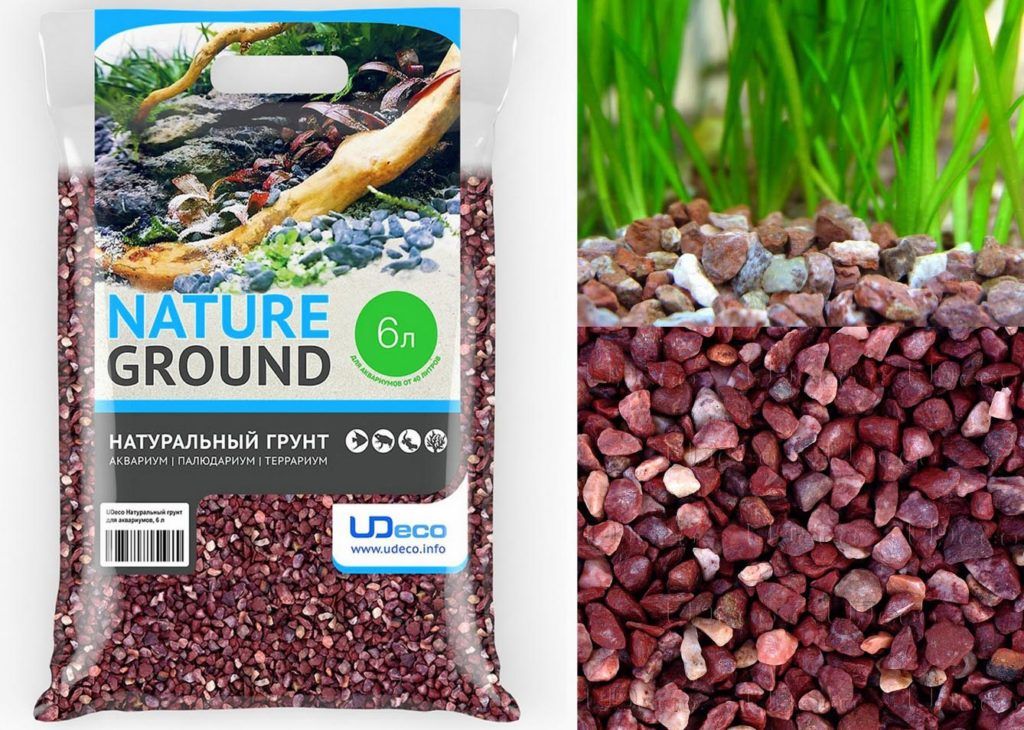
- environmental friendliness - the absence of harmful substances in the composition;
- natural, beautiful color;
- is produced fully prepared for use, it does not need to be washed before use;
- soil particles are rolled, safe for fish;
- has a porous structure.
- subject to contamination, regular cleaning of the top layer is required;
- increases the hardness of the water.
Tips and tricks for choosing a quality aquarium substrate
There are quite a few basic criteria for choosing the best and most suitable soil for an aquarium. These parameters include many characteristics not only of the substrate itself and its properties, but also the purpose of the aquarium, the type of its inhabitants.
Flora and fauna.When choosing soil, it is necessary to take into account the nature and habits of the fish living in the tank. Some lead a mobile lifestyle, often dig in the ground, while others, on the contrary, like to dig into the ground and spend time in it for a long time. Therefore, in the first case, it is better to choose a substrate with large particles, and in the second - with small ones. In this case, the soil must be suitable for the plants in the aquarium.
Soil particle sizes. The fine-grained substrate is suitable for small fish and plants that have weak, thin roots. Medium-sized fractions are suitable for fish that like to spend most of their time digging in the ground. Large particles are needed by large fish, as well as plants with strong and developed roots.
The shape of the particles. The only rule here is that the pieces of soil should be round, streamlined and smooth, without chips or sharp edges, so that the fish do not get hurt.

Porosity. Natural soil, which has a porous structure, provides good water circulation, and is also a receptacle for beneficial microorganisms necessary for plant nutrition.
The impact of soil on water. Natural soil can increase water hardness and change the pH level, which is not suitable for all types of fish. Before buying soil, you should know what kind of habitat is needed for aquatic pets.
nutritional properties. For rapid growth and health, plants need to receive nutrients from the substrate. Usually, in addition to soil, it is required to use an additional substrate containing all the minerals necessary for plants. Especially artificial flooring needs such a substrate.
Ground color. The white substrate decorates the aquarium, but over time it loses its whiteness and darkens.Red and yellow sandy soil contains iron oxide, which can harm fish. Dyes are no less harmful, which over time are washed out of the soil and stain the water.
Proper use of soil
In order not to make mistakes when designing an aquarium, you should adhere to the following recommendations for using the substrate:
To begin with, the soil must be washed well under running water in order to wash out lime and dust. To thoroughly clean the soil, it can be boiled, but you should refrain from using chemicals or soap.
Then the soil can be placed on the bottom of the aquarium, laying it out both in an even layer and at an angle to create the desired relief. The best layer height is about 7 mm. A thicker layer increases the pressure on the walls of the aquarium, and its water permeability also deteriorates. When laying out coarse soil - pebbles, gravel, the layer thickness can reach 15 cm. This type of substrate retains the relief well.
In addition, the soil can be laid in a slide, including sand. But in order for the sand not to crumble, losing its predetermined shape, it should be strengthened with large flat stones.

A multi-level landscape is created using plates made of plexiglass. To give them the necessary shape, it is enough to heat the plate over the fire. Then place on the finished glass form, and then put on the ground.
After the soil is poured, decorative elements (snags, houses and others) are placed, then the aquarium is filled with water and plants are planted. The water level should leave at least three centimeters to the edge of the aquarium.
Before launching the fish, you should wait at least two weeks to fully establish the microflora of the water, so that the plants have time to take root and take root well in the ground. At the same time, it is worth taking care of additional feeding of plants, using special additives with nutrients. And only when a small ecosystem is fully formed, you can launch fish into the aquarium.
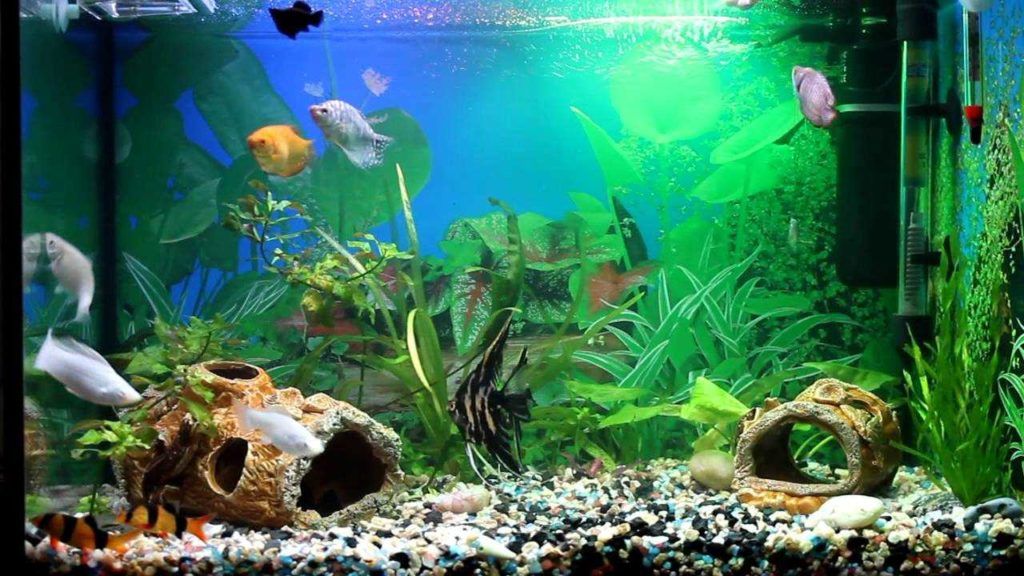
When choosing a soil, it is always necessary to put in the first place its properties, influence on the aquatic environment, as well as biological functions. The best, high-quality filler will benefit the flora and fauna of the reservoir, fill the environment with beneficial microorganisms, and naturally purify the water. If the soil is chosen correctly, the small inhabitants of the underwater world will be in the most natural and comfortable conditions for them, delight with their health and beauty.
new entries
Categories
Useful
Popular Articles
-

Top ranking of the best and cheapest scooters up to 50cc in 2022
Views: 131652 -

Rating of the best soundproofing materials for an apartment in 2022
Views: 127691 -

Rating of cheap analogues of expensive medicines for flu and colds for 2022
Views: 124519 -

The best men's sneakers in 2022
Views: 124034 -

The Best Complex Vitamins in 2022
Views: 121940 -

Top ranking of the best smartwatches 2022 - price-quality ratio
Views: 114981 -

The best paint for gray hair - top rating 2022
Views: 113396 -

Ranking of the best wood paints for interior work in 2022
Views: 110319 -

Rating of the best spinning reels in 2022
Views: 105330 -

Ranking of the best sex dolls for men for 2022
Views: 104367 -

Ranking of the best action cameras from China in 2022
Views: 102217 -

The most effective calcium preparations for adults and children in 2022
Views: 102012

